April in the Loft Part 2 – Early Race Season for the Old Birds
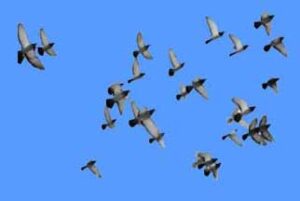 The month of April begins the racing season for the old birds. Depending on your location, your races may, in fact, be in full swing. Actually, old bird races are the favorite of fanciers who like working with the more experienced birds.
The month of April begins the racing season for the old birds. Depending on your location, your races may, in fact, be in full swing. Actually, old bird races are the favorite of fanciers who like working with the more experienced birds.
Old bird races can also be a rewarding time for fanciers as the birds get a chance to shine with their true racing qualities. No longer is the fancier who has time to daily train his new birds at a racing advantage.
Is the Natural System Dead?
With the classic and double widowhood racing systems being the apparent methods of choice, is the natural system considered obsolete? Far from it! There are many successful U.S. and European fanciers who prefer to use the natural or nesting methods for the longest distance races. Later on in this article, we will see exactly why.
Early Race Season
The clear to partly cloudy skies and moderate temperatures of April can be considered ‘pigeon weather’. During this early race season, many of the race teams are flown on a widowhood or double widowhood method. The best fanciers are focused on using their cocks for the races, up to about 400 miles. And the widowhood cocks are hard to beat.
Calm and Steady Wins the Race
However, when the races get tougher and the distances get longer, it’s time for the racing style of the calm and steady hen. The hen coming home to her nest of ten- or twelve-day eggs can easily outrace the lively, spirited widower.
As quoted by the 1998 Belgium champion, Willem DeZutter, “I like to have a hen coming to eggs about ten to twelve days old, when the weather is hot and the races are hard, because at this point it is more determination than speed that wins those types of races.”
The natural racing method was used quite successfully by Armand Zazueta, another champion fancier. Zazueta frequently excelled at the long-distance races by re-paring several of his best old hens, letting them either mate to one another or placing them back with their cock so they would lay. Then, with ten- to twelve-day eggs in the nests, he would send them on 500- to 600- mile races. These hens, determined to get back, would be his best distance birds. Using both of the hens that were sitting on a nest of four eggs, he often clocked in the races.
So, think about using your hens if you haven’t been faring well lately in your distance races.
Check out “April in the Loft Part 1” to learn more about health of your young birds.

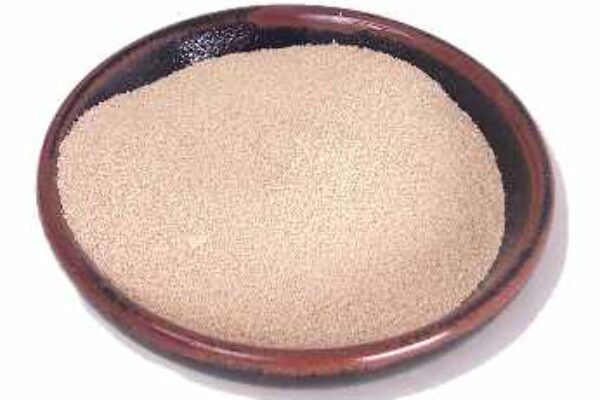
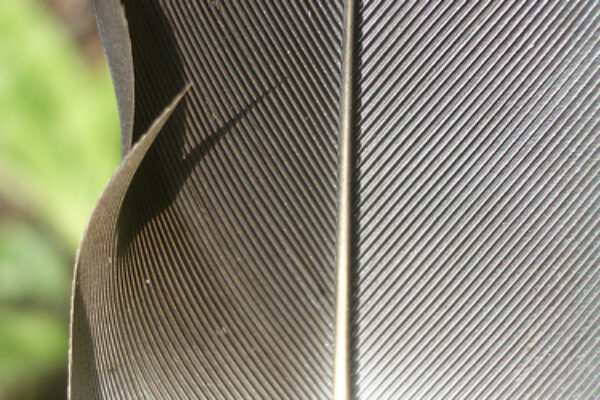

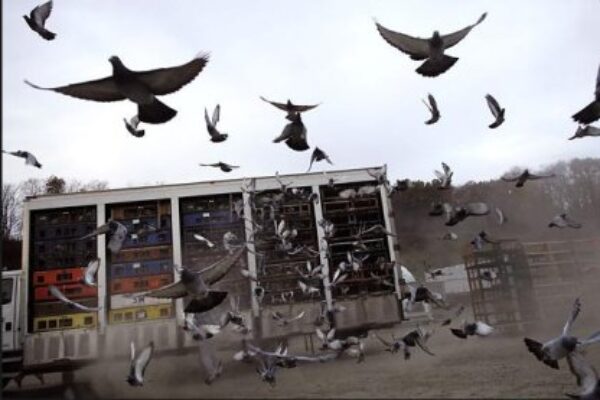
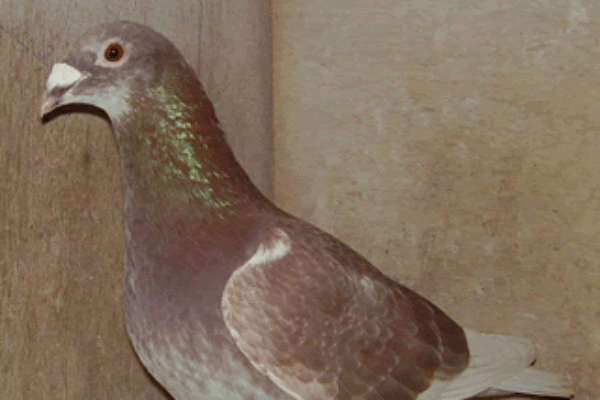
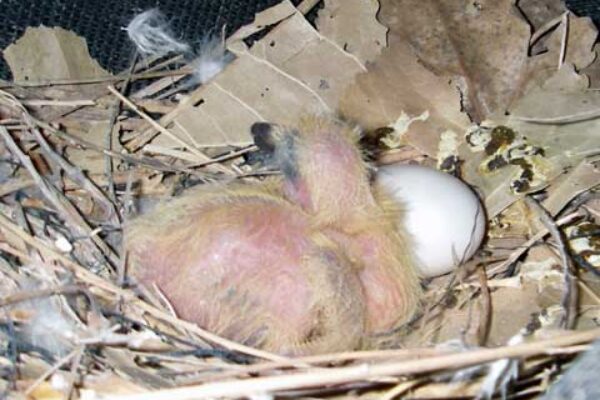


I totally agree that hens are more reliable on the longer and harder races. My best wins came from hens with a great break in the federation. The one race with a 2 hour break at 700km and another with a clean 5 hour 14 min from 800 km. The first win with two big babies in the nest and she was sitting again seven days on her second round eggs with her first primeryflight dropped and 3/4 grown out. The second hen was paired up,and taken away three hours before basketing and re-introduced 20min before taken to the race. Both races won with a very strong head wind.
I’m wondering can you put wood eggs in the hens nest 10 to 12 days before a distant race…